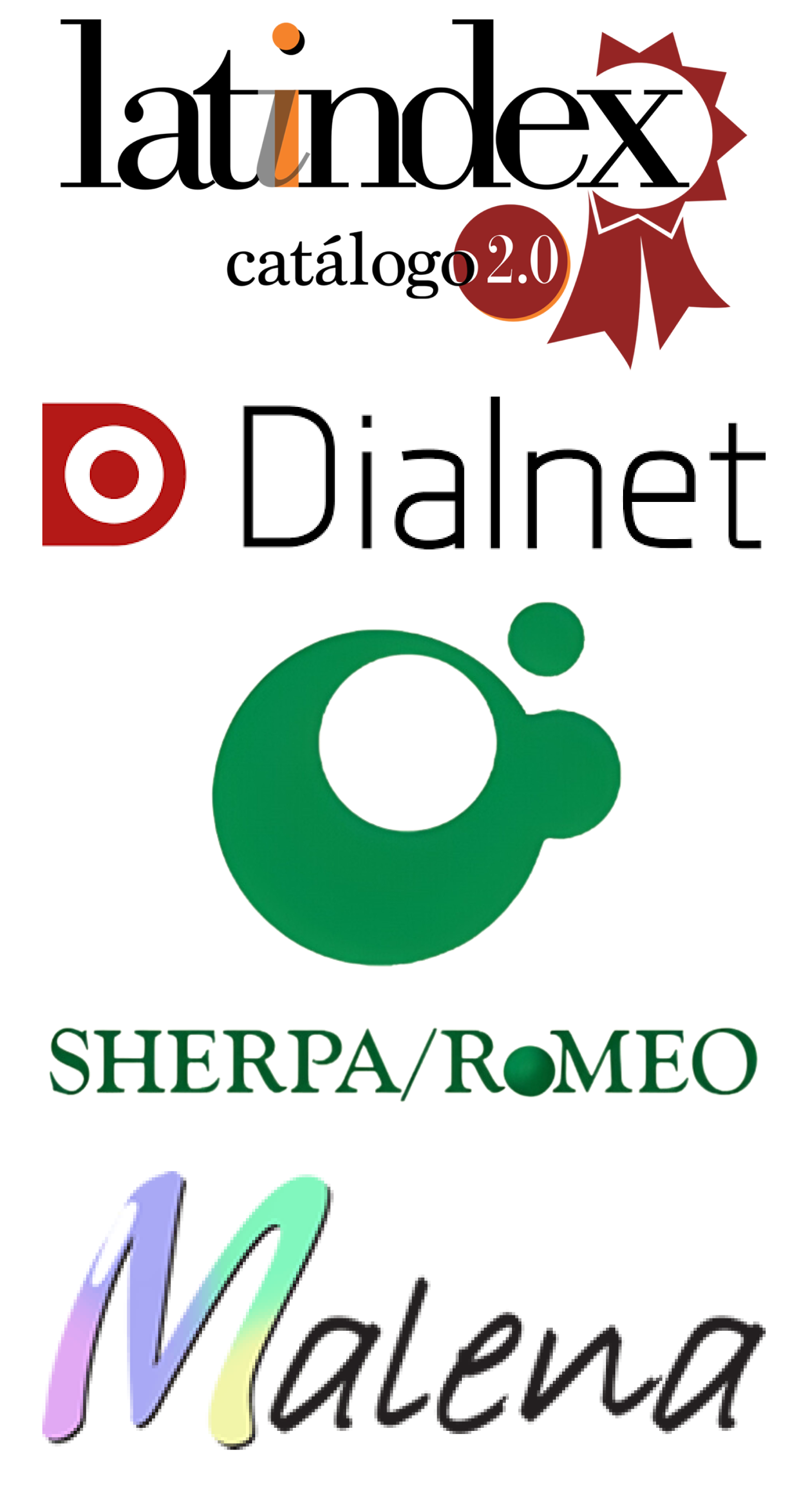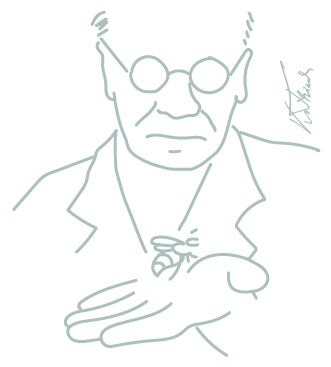. Effect of location and residence time of honey in the hive on humidity, color and HMF
DOI:
https://doi.org/10.52559/eunk.v3i1.50Keywords:
hive, color, hydroxymethylfurfural, humidity, honeyAbstract
Sugary foods are very sensitive to heat and can deteriorate during storage. Hydroxymethylfurfural (HMF) is a compound formed by the dehydration of fructose; its presence in honey is related to color alterations, development of flavors and strange odors. The objective of the work was to evaluate the effect of sun exposure and the time spent in the hive on the color, the percentage of humidity and the concentration of HMF in freshly harvested honey. The work was carried out at the Agricultural Experimental Station (EEA) Rafaela from the National Institute of Agricultural Technology (INTA), province of Santa Fe, Argentine Republic, during the 2017-2018 campaign. Five hives were in the sun (S), five hives under partial shade (SP) and five hives under total shade (ST). Samples of the half supers of the 15 hives were taken 4 times during 3 months, identifying the half supers by time spent in the hive. The average humidity of honey obtained from treatment S (17.6%) was higher (P<0.001) than honey from hives exposed to SP (16.6%) and ST (16.8%). The mean color value of the ST group (16.8 mm Pfund) was lower (P<0.001) than that of the S and SP groups (22.35 and 20.99 mm Pfund, respectively). No differences were observed (P=0.777) in the average concentration of HMF in the honeys of the different treatments (6.47, 7.06 and 6.74 mg/kg for ST, SP and S, respectively). The honey accumulated in the hive for the three groups evaluated with different stay times in the hive presented average HMF (mg/kg) of 4.9; 7.02; 6.79 and 9.9, for the initial sampling, 30, 60 and 90 days of residence, respectively, detecting significant differences (P<0.05) between the initial sampling, the 30 and 60 days and the final sampling. This trend did not change depending on the location of the hives. No differences were observed (P=0.269) in humidity according to the length of time the average rise remained (17.2%, 17.0%, 16.8% and 17.4% for the initial sampling, 30, 60 and 90 days of storage, respectively). The color of the honey increased over time (P<0.05), reaching values of 16.1; 20.07; 22.26 and 25.5 mm Pfund, for the initial sampling, 30, 60 and 90 days of storage, respectively, being independent of the location of the hives. The location of the hives modified humidity and color, but not HMF levels. As the storage time of the honey in the half-stores progressed, regardless of its location, the color and HMF values increased.
Downloads
References
Benavent, A. y Serrano Santos, P. 1989. Influencia del grado de madurez en el contenido de hidroximetilfurfural en zumo de manzana. Alim. Equipos y Tecnología, 1X-X; 83-86.
Bosch Callis, J. y Serra Bonvehi, J. 1986.Evolución del contenido de hidroximetilfurfural en las mieles procesadas y situadas en el mercado español. Alimentaria 23 (175): 59-61.
Codex alimentarius (2019) Norma para la miel CXS-1981. FAO/OMS. http://www.fao.org./fao-who-codexalimentarius/codex-texts/list-standards/es/
Giorgi R., Tosolini R., Sapino V., Villar J., León C. & Chiavassa A. (2008). Zonificación Agroeconómica de la provincia de Santa Fe. INTA (Eds) 110, ISSN 0325-9137, Argentina, pp. 215–224.
Ibarz. A., Casero, T.; Miguelsanz, R. y Pagan, J.1989. Cinéticas de formación de hidroximetilfurfural en concentrado de zumo de pera almacenado a diferentes temperaturas. Alimentaria I-II: 81-84.
IRAM 15931/2018 Determinación de la humedad. Método refractométrico
IRAM 15941.2/2007 Parte 2: Determinación del color Pfund
IRAM 15937-1/2007 Determinación del contenido de hidroximetilfurfural. Parte 1 – Método de Winkler
Lee, H. S. y Nagy, S. 1988.Relationship of sugar degradations to detrimental changes en citrus juice quality. Food Technology XI :91-98
Mega N.C. Grainger, Adrian Owens, Merilym Manley-Harris, Joseph R. Lane, RichardJ. Field. 2017. Kinetics of conversion of dihydroxyacetone to methylglyoxal in New Zealand manuka homey: Part IV. Formation of HMF. Food Chemestry 232 (2017) 648-655 DOI: https://doi.org/10.1016/j.foodchem.2017.04.066
Merke, J.; C. Salto; N. Bulacio y S. Luiselli. (2006). Relevamiento de las flores disponibles para Apis mellifera L. (Hymenoptera: Apidae) en la EEA INTA Rafaela y zonas aledañas durante el período otoño-invernal. Primer Congreso Argentino de Apicultura, Córdoba, julio de (2006). Libro de Resúmenes. p.4.
Shapla, Ummay Mahfuza.Md.; Solayman; Nadia Alam; Md Ibrahim Khail and Siew Hua Gam. 2018. 5-Hydroxymethyfurfural (HMF) levels in honey and other food products; effects on bees and human healtn. Chem.Cent J.2018;12:35. DOI: https://doi.org/10.1186/s13065-018-0408-3
Subovsky, M.; Sosa López., A.; Rolla., R.; Castillo, A.; Aleman, M. 2000. Cambios en la formación del hidroximetilfurfural en mieles sometidas a calentamiento. XXI Congreso Argentino. Facultad de Ciencias Exactas y Naturales y Agrimensura. Universidad Nacional del Nordeste Corrientes, Argentina. Tecnología Química, 7 p.
Subovsky, Martha J.; Sosa López, Ángela; Castillo, Alicia; Cano, Nelly. 2004. EVALUACIÓN DEL CONTENIDO DE HIDROXIMETILFURFURAL EN MIELES DEL NORDESTE ARGENTINO. Agrotecnia 12 (2004) Nota técnica: 32-33 DOI: https://doi.org/10.30972/agr.012454
White, J. W. 1980. Hidroxymethilfurfural content of honey an indicator of its adulteration whit invert sugars. Bee World 61 (1): 29-37 DOI: https://doi.org/10.1080/0005772X.1980.11097769
Published
How to Cite
Issue
Section
Categories
License
Copyright (c) 2024 Mónica del Carmen Gaggiotti, Emanuel Orellano, Rosana Wanzenried Z., Julieta Merke, Agostina Giacobino, Adriana Pacini, Marcelo Signorini

This work is licensed under a Creative Commons Attribution 4.0 International License.
Authors who publish with this journal agree to the following terms:
- Authors retain copyright and grant the journal right of first publication with the work simultaneously licensed under a Creative Commons Attribution License 4.0 that allows others to share the work with an acknowledgement of the work's authorship and initial publication in this journal.
- Authors are able to enter into separate, additional contractual arrangements for the non-exclusive distribution of the journal's published version of the work (e.g., post it to an institutional repository or publish it in a book), with an acknowledgement of its initial publication in this journal.
- Authors are permitted and encouraged to post their work online (e.g., in institutional repositories or on their website) prior to and during the submission process, as it can lead to productive exchanges, as well as earlier and greater citation of published work.









